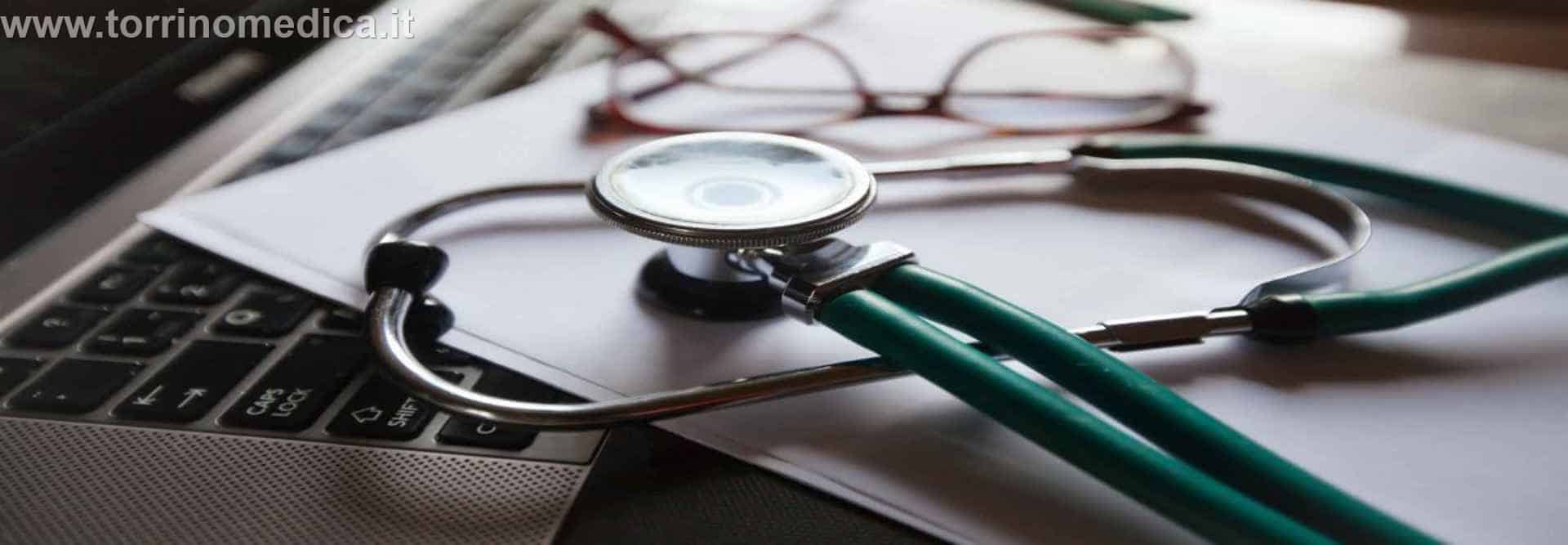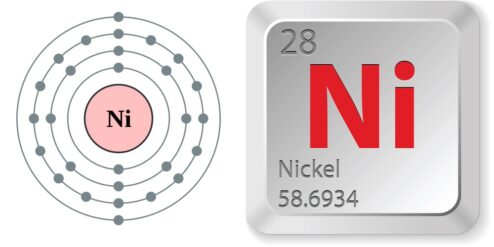Nickel is a naturally occurring element that is present in the earth’s crust and, therefore, in our food and water supply. While it is a trace mineral required by the human body in very small amounts, excessive intake can lead to health problems. This article will explore the drinks that are high in nickel content, the impact of these drinks on health, and how to limit nickel intake.
Understanding Nickel in Our Diet
Nickel is present in varying amounts in nearly all foods and water. It enters the food chain through the soil and is absorbed by plants, which are then consumed by humans or animals. The nickel content in food and drink can also be influenced by the cooking process, as nickel or nickel-plated utensils and equipment can leach the metal into food. Furthermore, certain drinks, particularly those that are processed or canned, may contain higher levels of nickel due to the manufacturing process.
The amount of nickel in our diet can vary greatly depending on the food and drink we consume, as well as the soil and water in the area where these products are grown or produced. For instance, certain regions have naturally high levels of nickel in the soil, which can result in higher nickel content in the food and drink produced there. Moreover, industrial pollution can also contribute to increased nickel levels in the environment, and subsequently in our food and drink.
The Role of Nickel in Human Health
In small amounts, nickel plays a role in the body’s metabolic processes. It is involved in the production of certain enzymes and hormones, and helps in the absorption of some nutrients. However, the human body requires only trace amounts of nickel, and most people get enough from their diet.
Excessive intake of nickel, on the other hand, can lead to health problems. Some people may develop an allergic reaction to nickel, known as systemic nickel allergy syndrome (SNAS). This can cause symptoms such as skin rash, itching, and digestive problems. Long-term exposure to high levels of nickel has also been associated with increased risk of lung and nasal cancer.
Common Drinks High in Nickel Content
Certain drinks are known to contain higher levels of nickel. These include tea, coffee, beer, and certain types of wine. Tea and coffee naturally contain nickel, and their nickel content can be further increased if they are prepared using nickel-containing utensils or equipment. Similarly, beer and wine can contain higher levels of nickel due to the brewing and fermentation process, as well as the use of nickel-containing equipment.
Canned drinks, such as soda and fruit juices, can also contain higher levels of nickel. This is because the cans are often lined with a nickel-containing alloy, which can leach into the drink. Moreover, certain types of tap water, particularly those from areas with high levels of nickel in the soil or water supply, can also have higher nickel content.
The Impact of High Nickel Drinks on Health
Consuming drinks high in nickel can contribute to an excessive intake of this mineral, particularly if combined with a diet high in nickel-containing foods. This can lead to the health problems associated with nickel overload, such as systemic nickel allergy syndrome (SNAS) and increased risk of certain types of cancer.
Moreover, consuming high-nickel drinks can also exacerbate symptoms in people who are already allergic to nickel. In these individuals, even small amounts of nickel can trigger an allergic reaction. Therefore, they may need to limit their intake of high-nickel drinks, as well as other sources of nickel.
Ways to Limit Nickel Intake from Drinks
There are several ways to limit nickel intake from drinks. One of the most effective is to avoid or limit consumption of drinks known to be high in nickel, such as tea, coffee, beer, wine, and canned drinks. Switching to bottled water or using a water filter can also help reduce nickel intake from tap water.
In addition, using stainless steel or glass utensils and equipment for preparing and serving drinks can help prevent nickel leaching. It’s also important to be aware of the potential for nickel exposure from other sources, such as food, cookware, and even certain types of jewelry, and take steps to limit this exposure.
Alternatives to High Nickel Drinks
Fortunately, there are many alternatives to high-nickel drinks. For instance, instead of tea or coffee, you can opt for herbal infusions or fruit juices (preferably fresh or from glass bottles). Instead of canned drinks, choose those in glass bottles or make your own fresh juices or smoothies.
For those who enjoy alcoholic beverages, certain types of spirits and liquors are typically lower in nickel than beer or wine. However, it’s always a good idea to check with the manufacturer if you’re concerned about nickel content. And of course, drinking plenty of filtered or bottled water is always a healthy choice.
While nickel is a necessary trace mineral, excessive intake can lead to health problems. Certain drinks, such as tea, coffee, beer, wine, and canned drinks, can contain higher levels of nickel. However, by being aware of these sources and taking steps to limit exposure, it’s possible to maintain a healthy balance of nickel in the body.
Per approfondire:
- National Institutes of Health: Nickel in Diet: This comprehensive resource provides detailed information on the role of nickel in human health and sources of nickel in the diet.
- World Health Organization: Nickel in Drinking-water: This document provides an overview of the health effects of nickel in drinking water and guidelines for safe levels.
- American Academy of Dermatology: Nickel Allergy: This page provides information on nickel allergy, including symptoms, causes, and how to avoid exposure.
- Environmental Working Group: Nickel Contamination in Drinking Water: This resource provides information on the sources and health effects of nickel contamination in drinking water.
- Centers for Disease Control and Prevention: Nickel: This page provides a comprehensive overview of nickel, including sources of exposure and health effects.


